Recent Publications
The scholars and creative writers of Minnesota’s English faculty publish books that kickstart conversations and shift paradigms. Championed by leading presses, their work expands and enhances their fields.
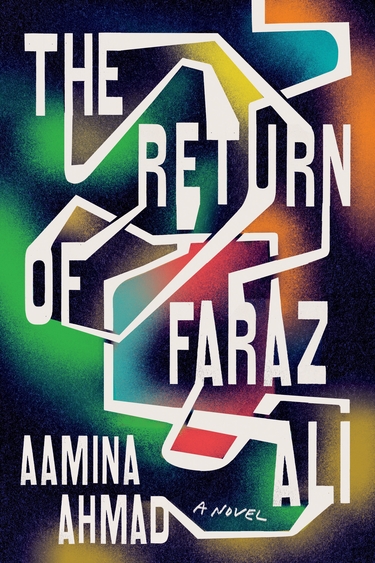
Not since childhood has Faraz returned to the Mohalla, in Lahore’s walled inner city, where women continue to pass down the art of courtesan from mother to daughter. But he still remembers the day he was abducted from the home he shared with his mother and sister there, at the direction of his powerful father, who wanted to give him a chance at a respectable life. Now Wajid, once more dictating his fate from afar, has sent Faraz back to Lahore, installing him as head of the Mohalla police station and charging him with a mission: to cover up the violent death of a young girl. Profoundly intimate and propulsive, The Return of Faraz Ali is a spellbindingly assured first novel that poses a timeless question: Whom do we choose to protect, and at what price?
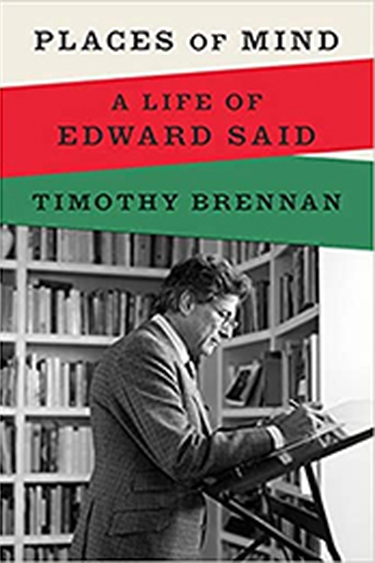
The first comprehensive biography of the most influential, controversial, and celebrated Palestinian intellectual of the twentieth century. As someone who studied under Edward Said and remained a friend until his death in 2003, Timothy Brennan had unprecedented access to his thesis adviser’s ideas and legacy. In this authoritative work, Said, the pioneer of postcolonial studies, a tireless champion for his native Palestine, and an erudite literary critic, emerges as a self-doubting, tender, eloquent advocate of literature’s dramatic effects on politics and civic life.
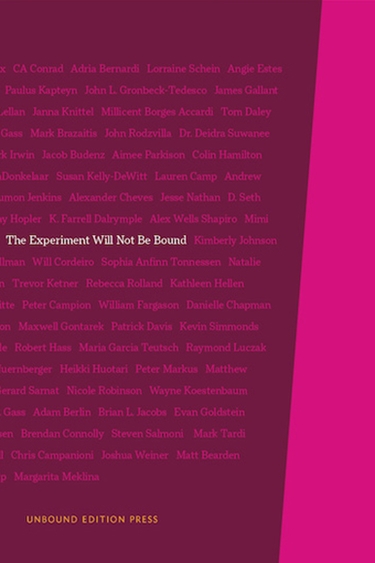
Highlights celebrated and new voices that, as editor Peter Campion says, share “a particular combination of openness and intention, curiosity and assertion.” Indeed, the authors included in this anthology “venture out onto the skinny branches of their own sensibilities,” in Campion’s words. This book, though, is not just an anthology of some inspired experimental writing but an experimental anthology in form. Being unbound—physically and philosophically—allows the pieces included here to live in any order, to find the fit that works best for any reader, to be read randomly, sequentially, or thematically. With a foreword and extraordinary book photography by Catherine Gass, The Experiment Will Not Be Bound is, to a degree, an homage to William H. Gass.
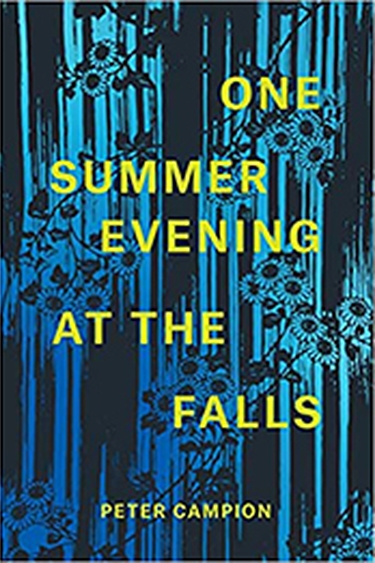
The poems in this collection capture the fantastic feeling of falling in love, all while keeping eyes on its lifecycles of crashing aftermaths, lingering regrets, guilt, and renewal. Peter Campion brings us to a series of scenes—on the damp patio, in the darkroom, and along the interstate—where we find familiar characters, lovers, and strangers.
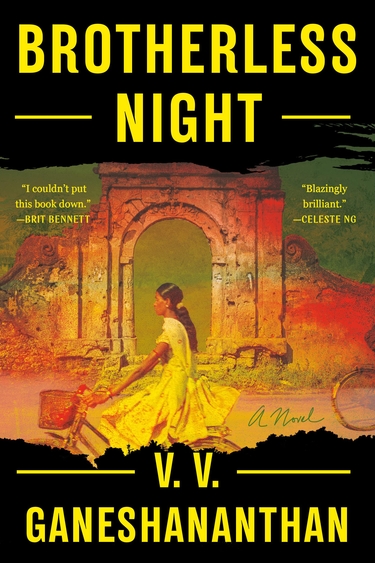
Jaffna, 1981. Sixteen-year-old Sashi wants to become a doctor. But over the next decade, a vicious civil war tears through her home, and her dream spins off course as she sees her four beloved brothers and their friend K swept up in the mounting violence. Desperate to act, Sashi accepts K’s invitation to work as a medic at a field hospital for the militant Tamil Tigers, who, following years of state discrimination and violence, are fighting for a separate homeland for Sri Lanka’s Tamil minority. But after the Tigers murder one of her teachers and Indian peacekeepers arrive only to commit further atrocities, Sashi begins to question where she stands. A heartrending portrait of one woman’s moral journey and a testament to both the enduring impact of war and the bonds of home.

Reminiscent of the works of Margaret Atwood, Shirley Jackson, and Octavia Butler, a biting social commentary from the acclaimed author of Lakewood that speaks to our times—a piercing dystopian novel about the unbreakable bond between a young woman and her mysterious mother, set in a world in which witches are real and single women are closely monitored. Fourteen years have passed since her mother’s disappearance, and now Jo is finally ready to let go of the past. Yet her future is in doubt. The State mandates that all women marry by the age of 30—or enroll in a registry that allows them to be monitored, effectively forfeiting their autonomy. With her ability to control her life on the line, she feels as if she has her never understood her mother more. When she’s offered the opportunity to honor one last request from her mother's will, Jo leaves her regular life to feel connected to her one last time.
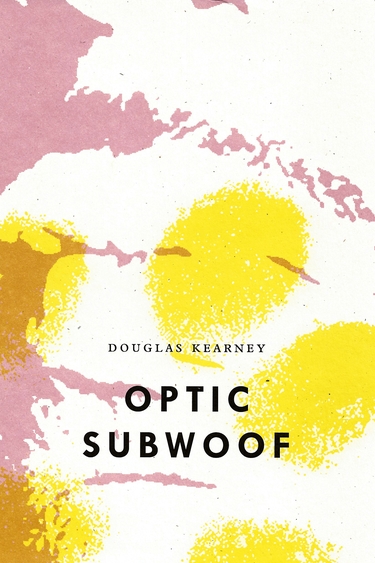
A collection of talks that poet and National Book Award finalist Douglas Kearney presented for the Bagley Wright Lecture Series in 2020 and 2021. As kinetic on the page as they are in person, these lectures offer an urgent critique of the intersections between violence and entertainment, interrogating the ways in which poetry, humor, visual art, music, pop culture, and performance alternately uphold and subvert this violence. With genius precision and an avant-garde sensibility, Kearney examines the nuances around Black visibility and its aestheticization. In myriad ways, Optic Subwoof is a book that establishes Kearney as one of the most dynamic writers and thinkers of the twenty-first century.
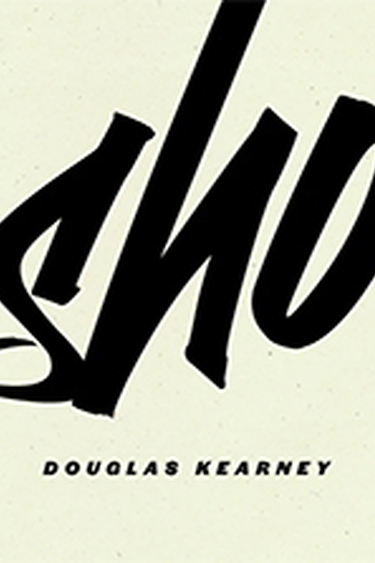
Eschewing performative typography, Douglas Kearney’s Sho aims to hit crooked licks with straight-seeming sticks. Navigating the complex penetrability of language, these poems are sonic in their espousal of Black vernacular strategies, while examining histories and current events through the lyric, brand new dances, and other performances. Both dazzling and devastating, Sho is a genius work of literary precision, wordplay, farce, and critical irony. In his “stove-like imagination,” Kearney has concocted poems that destabilize the spectacle, leaving looky-loos with an important uncertainty about the intersection between violence and entertainment.
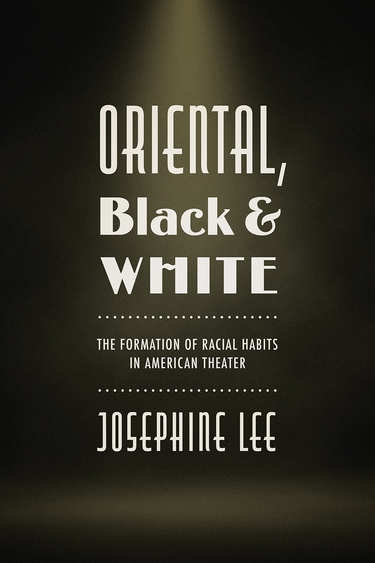
In this book, Josephine Lee looks at the intertwined racial representations of nineteenth- and early twentieth-century American theater. In minstrelsy, melodrama, vaudeville, and musicals, both white and African American performers enacted blackface characterizations alongside oriental stereotypes of opulence and deception, comic servitude, and exotic sexuality. Lee shows how blackface types were often associated with working-class masculinity and the development of a nativist white racial identity for European immigrants, while the oriental marked what was culturally coded as foreign, feminized, and ornamental... These interlocking cross-racial impersonations offer fascinating insights into habits of racial representation both inside and outside the theater.
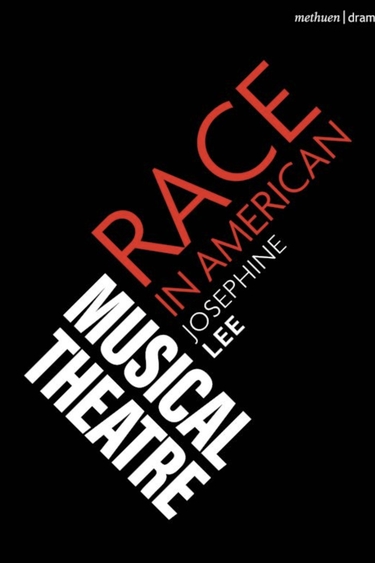
While most discussions of race in American theater emphasize the representation of race mainly in terms of character, plot, and action, Race in American Musical Theater highlights elements of theatrical production and reception that are particular to musical theater. This introductory volume looks at the recurrence of particular storylines, as well as casting practices, the history of the chorus line, and the popularity of recent shows such as Hamilton. Moving from key examples such as Show Boat! and South Pacific through to all-Black musicals such as Dreamgirls, Bring in 'da Noise, Bring in 'da Funk, and Jelly's Last Jam, this concise study serves as a critical survey of how race is presented in the American musical theater canon.
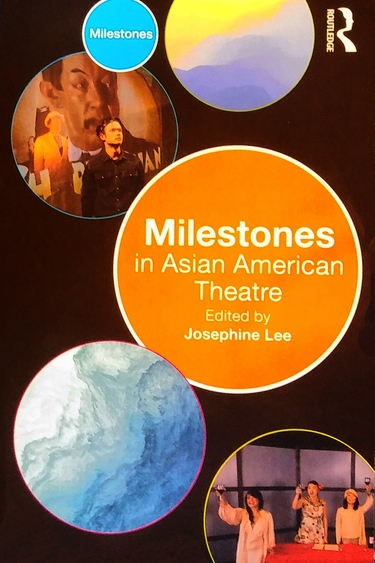
This introduction to Asian American theatre charts ten of the most pivotal moments in the history of the Asian diaspora in the USA and how those moments have been reflected in theatre. Designed for weekly use on Asian American theatre courses, ten chosen milestones move chronologically from the earliest contact between Japan and the West through the impact of the Vietnam War and the resurgent 'yellow peril' hysteria of COVID-19. Each chapter emphasizes common questions of how racial identities and relationships are understood in everyday life as well as represented on the theatrical stage and in popular culture.
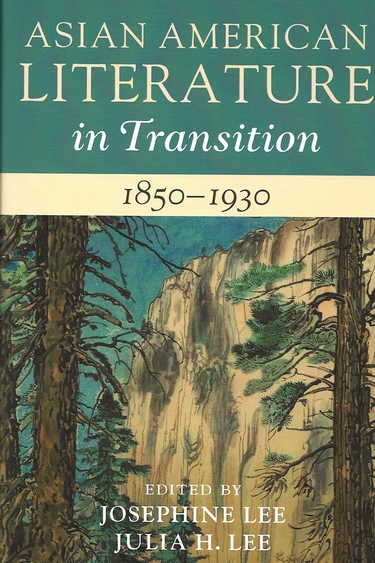
The years between 1850 and 1930 witnessed the first large-scale migration of peoples from East Asia and South Asia to North America and the emergence of the US as an imperial power in the Pacific. This period also produced the first instances of Asian North American writing, theater, and film. This exciting collection examines how the many literary and cultural works from this period approached questions of migration, exclusion, and identity.
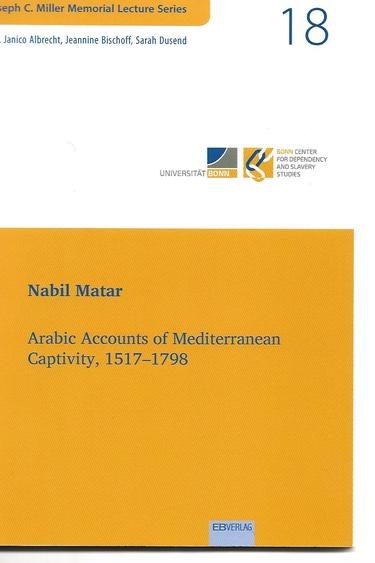
The history of captivity in the early modern Mediterranean has been studied exclusively through European and Ottoman/Turkish sources. But an extensive archive has survived in Arabic describing the experiences of Muslims, Eastern Christians, and Jews in European captivity. British and French fleets seized large numbers of captives. This study continues the research into the Arabic archive by introducing further accounts about captivity by European pirates and privateers, showing how the Mediterranean became the scene of Christian masters and Arabic-speaking slaves.

Ellen Messer-Davidow offers a fresh and incisive analysis of the legal-judicial discourse of the first two cases challenging race-conscious admissions to professional schools to reach the US Supreme Court. She investigates the social surrounds where the cases incubated, their tours through the courts, and their aftereffects. Her analysis shows how lawyers and judges used the mechanisms of language and law to narrow the conflict to a single white male applicant and a single white-dominated university program to dismiss the historical, sociological, statistical, and experiential facts of “systemic racism” and thereby to assemble “reverse discrimination” as a new object of legal analysis.
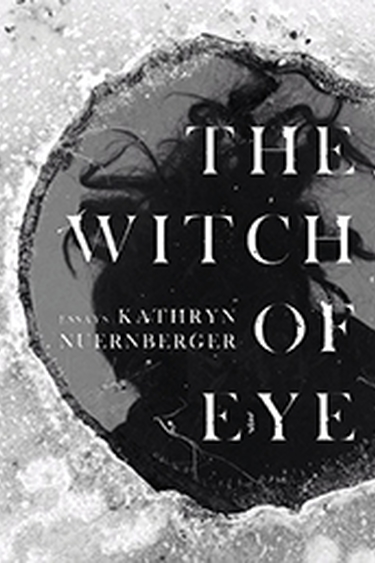
This amazingly wise and nimble collection investigates the horrors inflicted on so-called “witches” of the past. The Witch of Eye unearths salves, potions, and spells meant to heal, yet interpreted by inquisitors as evidence of evil. The author describes torture and forced confessions alongside accounts of gentleness of legendary midwives. In one essay about a trial, we learn through folklore that Jesus’s mother was a midwife who cured her own son’s rheumatism. In other essays there are subtle parallels to contemporary discourse around abortion and environmental destruction. Nuernberger weaves in her own experiences, too. Her researched material is eye-opening, lively, and often funny. An absolutely thrilling collection.
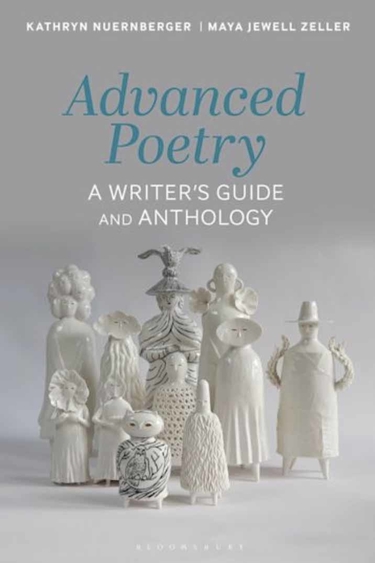
Spanning decades and continents, and covering the rich field of poets writing today, this book shows how to read, explicate, and write poetry. Bringing together a comprehensive craft guide with a carefully collated anthology showcasing the (existing) limits of what is possible in poetry, this text explores how poetry since the 20th century has embraced traditional structures, borrowed from other disciplines, and invented wildly new forms. With close readings, writing prompts, excerpts of interviews from key figures in the field, and a supplementary companion website, this is the definitive text for any poet looking to continue their poetic journey.
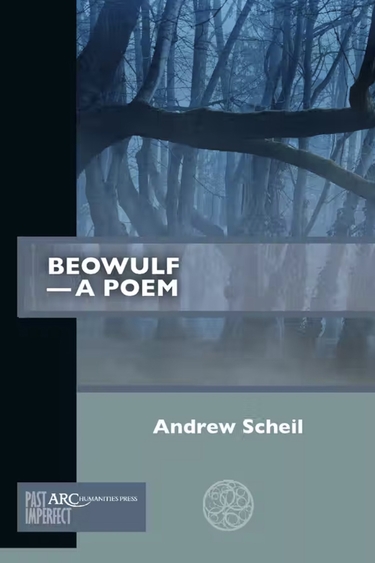
This book presents a passionate literary argument for Beowulf as a searching and subtle exploration of the human presence. Seamus Heaney praised Beowulf as "a work of the greatest imaginative vitality": how is that true? The poem's current scholarly obsessions and its popular reception have obscured the fact that this untitled and anonymous 3182-line poem from Anglo-Saxon England is a powerful and enduring work of world literature. Beowulf is an early medieval exercise in humanism: it dramatizes, in varied and complex ways, the conflict between human autonomy and the "mind-forg'd manacles" of the world. The poem is as relevant and moving to any reader today as it was during the early Middle Ages. This book serves both as an invitation and introduction to the poem as well as an intervention in its current scholarly context.
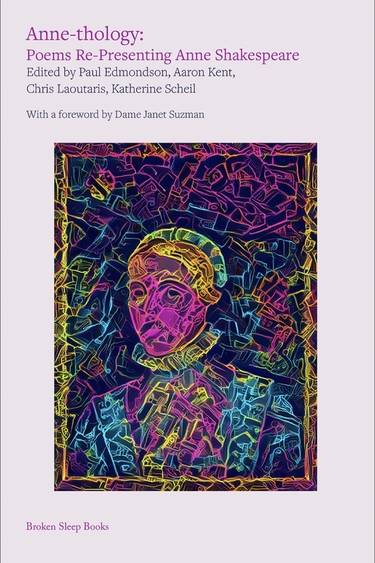
For four centuries Anne Shakespeare, née Hathaway, has been in her famous husband’s shadow. It’s high time she had a book of her own. This bold and ground-breaking volume places her centre-stage and encourages us to re-imagine Anne in her own right, and afresh for our own times. Anne-thology: Poems Re-Presenting Anne Shakespeare brings together 67 newly-commissioned poems, one for each year of Anne’s life. Here, too, are ten poems of the past. Brave, moving, liberating, and witty, Anne-thology brings together Anne’s past and present and is a bold beacon, illuminating the enduring legacy of this remarkable woman for future generations.
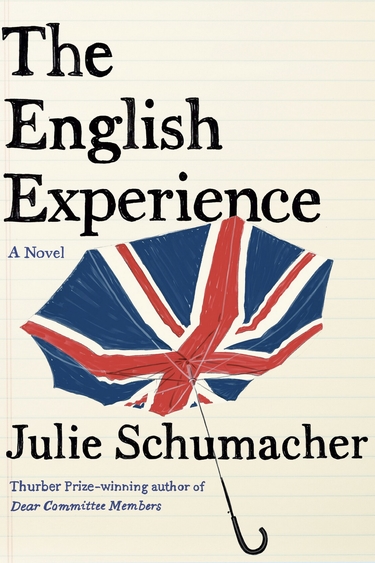
Jason Fitger may be the last faculty member the dean wants for the job, but he’s the only professor available to chaperone Payne University’s annual “Experience: Abroad” (he has long been on the record objecting to the absurd and gratuitous colon between the words) occurring during the three weeks of winter term. Through a sea of troubles—personal, institutional, and international—the gimlet-eyed, acid-tongued Fitger strives to navigate safe passage for all concerned, revealing much about the essential need for human connection and the sometimes surprising places in which it is found.
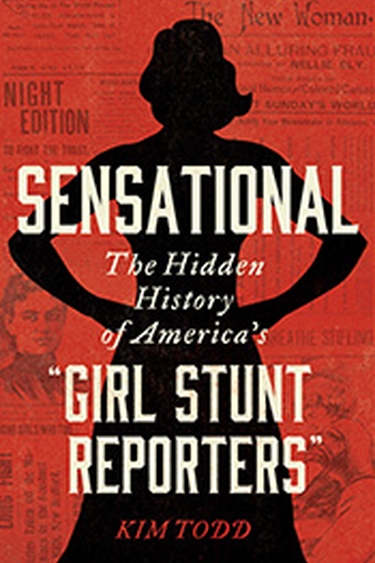
A vivid social history that brings to light the “girl stunt reporters” of the Gilded Age who went undercover to expose corruption and abuse in America, and redefined what it meant to be a woman and a journalist—pioneers whose influence continues to be felt today. In the waning years of the nineteenth century, women journalists across the United States risked reputation and their own safety to expose the hazardous conditions under which many Americans lived and worked. In various disguises, they stole into sewing factories to report on child labor, fainted in the streets to test public hospital treatment, posed as lobbyists to reveal corrupt politicians. Inventive writers whose in-depth narratives made headlines for weeks at a stretch, these “girl stunt reporters” changed laws, helped launch a labor movement, championed women’s rights, and redefined journalism for the modern age.